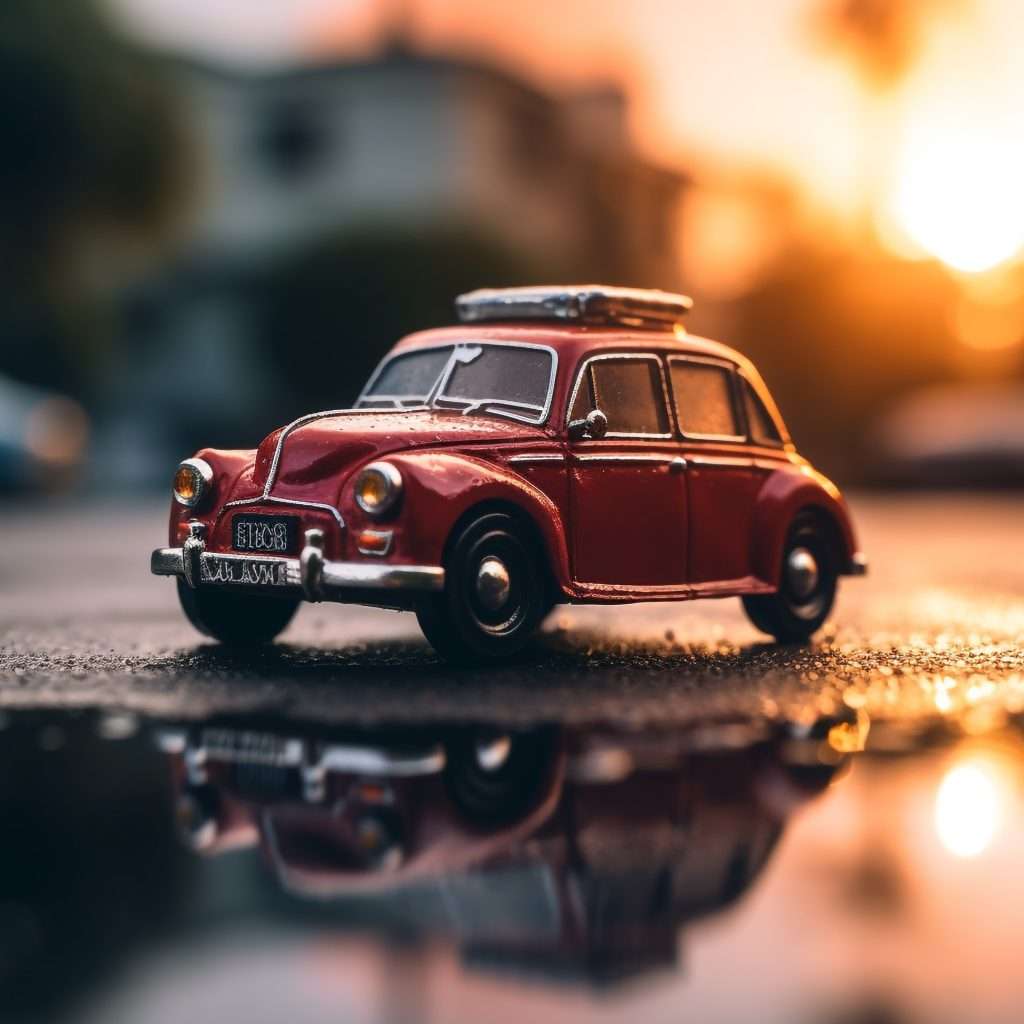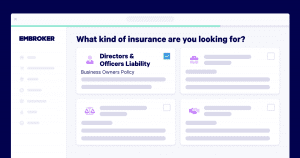What’s the meaning of ‘Cat D car’?

When a vehicle is written off, an insurer assigns it one of four categories, depending on the amount of damage it suffered. These days, they’re known as Category A, B, S, or N, but there used to be two more categories: C and D. Here, we’re going to look at the meaning of Cat D car.
Category N cars are those with the least amount of damage. These were previously known as Category D cars, but the name changed in 2017.
So, what does a Cat D mean? Does Cat D affect insurance? And what should you know before buying a Cat D or Cat N car? You’ll find the answers in this guide.
What are car write-off categories?
If you damage your car in an accident, your car can be written off by insurers.
This means either that it’s no longer safe to drive, or that the cost of repairing it would be more than the vehicle’s value. In either case, your vehicle will be retained by the insurer and you won’t be able to drive it any longer.
However, the kind of damage done to your vehicle will be different from case to case.
That’s why car categories exist. They categorise different levels of vehicle damage, to make write-offs easier to understand and regulate for consumers, car dealers, and the insurance industry.
Currently, there are four categories for written-off vehicles:
Category A: These are cars that are so damaged they can’t be repaired nor salvaged for parts. Category A cars are also known as “scrap” cars.
Category B: These still can’t be repaired, but the parts can be salvaged and recycled — although only by an expert.
Category S: Previously known as Cat C, Cat S is for cars that are structurally damaged but that are still repairable (the “S” stands for “structural”). These cars can be bought, sold, and insured. While they can be repaired, it can be quite expensive to do so.
Category N: The final category was previously known as Category D. These are cars that aren’t structurally damaged — i.e. their chassis or frame is intact. Here, “N” stands for “non-structural”. In this case, the damage is only superficial, although that can mean a lot of different things, as you’ll discover in more detail below.
Is Cat D the same as Cat N?
Yes, Cat D is the old name for vehicles that are now referred to as Cat N, and it’s not used much anymore. Categories C and D were replaced by categories S and N respectively in 2017, after a review by the Association of British Insurers.
The new classification puts greater emphasis on the structural issues that could affect the safety of a vehicle. It replaces the previous focus, which was on the cost of repairs.
So, a Cat D car meant that the cost of repairs was higher than the value of the car, even though it was the category with the least damage. Now, as we’ve seen, Cat N means that the damage is non-structural.
What is a Cat D car (now Cat N) in detail?
A Cat D car is now known as a Cat N car. Throughout the rest of this article we’ll be using this newer term.
A Category N car is a vehicle that has only sustained non-structural damage. In the eyes of the insurer, it still doesn’t make financial sense to repair that damage (in other words, it’s still been written off). But the damage will be more superficial than you’ll find in other categories.
This could mean many different things though. It could mean damage to:
Just the paintwork and body (which can be very expensive in new cars)
The electrics
The interiors of the car, such as the seats
The engine
If you’re looking to buy a Cat N car, you’ll really want to check the extent of the damage before you sign on the dotted line. Superficial damage does not mean damage that’s cheap to repair.
That said, Category N cars can legally be bought and sold, and they can be insured and driven. However, any vehicle will need to be deemed roadworthy if you do want to drive it — and you’ll need to tell your insurer that it’s been written off before you get it insured.
What happens if I have a Cat N insurance write-off?
If you write off your car in an accident, the insurer will retain your vehicle, no matter what category of write-off it is. That means you transfer the ownership to them and you won’t be able to drive it.
The insurer will then give you a payout to the value of the car before the accident. This is a sum that you’ll have agreed when you took out your policy, and it will be listed in your policy documents. Insurance companies will likely subtract your insurance excess from this amount and give you the rest.
In some cases, though, you might be tempted to keep your car. You can do this with a Cat N, Cat S, or even Cat B, but it’s most likely with a Cat N.
You’ll just have to tell your insurer you want to keep the vehicle (although if you’ve already received a payout, you’ll have to buy the vehicle back from the insurer). Remember, though, the car might not be drivable, even if it’s a Cat N — and you’ll need to cover the costs of repair yourself.
Before the car hits the road again, you’ll need to insure the vehicle, telling the insurer that it’s a Cat N. And you’ll need to re-register the car with the DVLA.
Does Cat N affect insurance?
One of the biggest hurdles for driving a Cat N car is insurance. That’s true whether you want to keep your own Cat N car that you’ve written off yourself, or purchase one from a private seller or dealer.
In short, Cat N cars will cost more to insure, even if the damage has been fixed. The same goes for any written-off vehicle.
When you tell the DVLA that your car’s been written off, they’ll re-register your vehicle as a “repaired write-off”. Your insurer will need to know about this before they offer you a policy.
Another important thing to know is that, if you write off your vehicle, you won’t get a refund on your current premium. So, if you’ve paid for the premium upfront, you won’t get this back. And if you pay for your premium monthly, you’ll need to keep paying for the rest of the year.
Is a Cat D worth buying?
Cat D or Cat N vehicles can sometimes be worth buying. You can get some incredibly good deals. But you need to consider each one carefully, as these write-offs can come in all shapes and sizes, and the damage to each one can be very different.
For example, a Cat N car could still need serious repairs. Or it could be in pretty good shape, even if it’s still classed as a write-off.
Whatever the particular vehicle may look like, you’ll need to remember that the insurance premium will likely be higher than for standard cars. In fact, it’s often worth getting in touch with an insurer before you buy a write-off, to see how much it will cost to insure.
There are some other things to bear in mind before buying a Cat N write-off:
Consider buying from an official car dealer, rather than a private seller. Dealers are required to share everything they know about a vehicle, meaning you’re less likely to be misled.
Get the vehicle inspected before you buy. If you don’t have the knowledge to assess the state of a vehicle yourself, consider speaking to a professional. They’ll help you to understand the car’s true condition. Similarly, a history check can be useful to make sure you’re not buying a stolen car.
If in doubt, walk away. If a deal looks too good to be true, it may well be. You don’t want to be stuck with a vehicle that’s expensive to insure or repair.
These things said, Cat N cars can sometimes be really affordable. Just make sure you know exactly what you’re buying.
Can you get a Cat D removed?
If a vehicle has been written off — whether as a Cat D or any other category — that classification will remain part of the car’s history forever.
Even if you get the vehicle completely fixed, it will still be registered as a “repaired write-off”, and there’s no way to remove that designation.
To recap: Cat D car meaning
Cat D cars are now more commonly known as Cat N cars. This is a category of vehicle write-offs that includes cars that don’t have structural damage and that can be bought, sold, and insured.
If you’re looking to buy a Cat N car, you can get some really good deals. Just make sure you understand the full extent of damage before you make the purchase. It’s also always best to speak to an insurer for a quote on a premium before you buy.
For specialist information on car insurance, contact us at Howden.
Also read:




